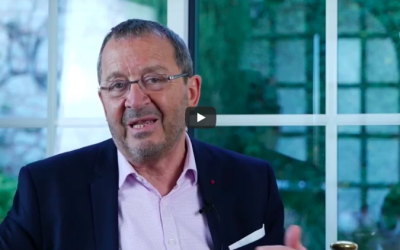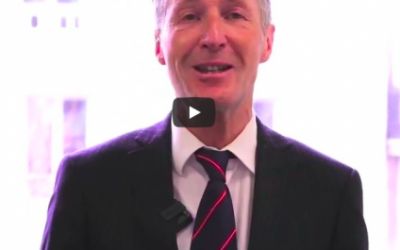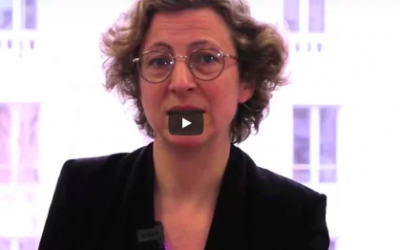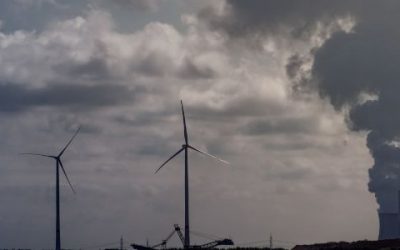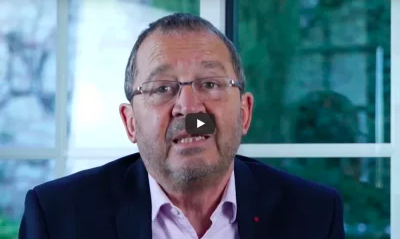Bruno CARLIER, President of Mercuroo, explains in this interview why he was interested in carrying out his company's carbon footprint and why he chose the GCI platform to carry it out in complete autonomy. The GCI tool makes it easy to carry out a complete and detailed calculation and, above all, to detect and implement important reduction paths.
Committing to a decarbonization strategy?
Themes
Calculating a carbon footprint: an essential strategy
Calculating your carbon footprint, a process for all companies?
Philippe Mangeard, director of the Global Climate Initiatives platform, presents the path of his digital calculation platform and gives you his advice to help companies and entrepreneurs improve their energy performance.
Carrying out a GHG assessment, an essential first step in a company's decarbonization process
Explore the essentials of corporate decarbonization, highlighting the importance of GHG inventory®. Discover the French Low Carbon Strategy (SNBC), ADEME's milestones, and benefit from enlightening testimonials from Pierre Montagne, President of Terneo, and Cécile Suquet, CSR Manager at LCL.
The need to carry out a carbon assessment
What advice do you have to convince an entrepreneur to carry out his carbon footprint in a simple, economical and concrete way? the future of future generations? the improvement of the climate situation of the planet? an energy reduction strategy for his company? free will or obligation of the regulation? Marc Bonjour, voluntary President of a European cooperation answers them in this interview.
Decarbonisation strategy is a team sport
Cécile Suquet, CSR Manager at LCL, presents the group's commitment to support and mobilize its customers who want to take action against climate change. For a good carbon strategy, LCL starts to measure these emissions through an accurate and reliable carbon balance. With the GCI platform, LCL has a tool that is both reliable and can be integrated independently into its business.
Carrying out a balance sheet in the tertiary sector
The tertiary sector covers a vast field of activities. It ranges from trade to administration, including transport, financial and real estate activities, business and personal services, education, health and social work.
Because of its different sectors of activity, the possibilities for reducing emissions are many and varied.
Carrying out an assessment in the secondary sector
The secondary sector includes all activities consisting of a more or less elaborate transformation of raw materials (manufacturing industry, construction).
Industrial actors and their financiers are directly concerned by the anticipation of climate change and the construction of a low-carbon economy
Conducting a GHG assessment in the primary sector
The primary sector includes all activities whose purpose is to exploit natural resources: agriculture, fishing, forestry, mining, deposits. This sector is the first to be affected by global warming and could therefore benefit from the reduction of emissions, including its own. Agriculture and the agri-food industry are particularly vulnerable to the effects of climate change.
Carbon footprint, let's start the positive initiatives of tomorrow
Anne-Sophie Vezine, Associate General Manager of Quertix, tells us why Quertix chose the GCI platform to carry out its carbon footprint and promote it in its ecosystem. Our ambition is to help consumers make better choices and also to help companies move more easily towards a positive economy.
Why do a carbon assessment?
Calculating one's carbon impact on our environment starts with an intention to work in an eco-responsible way. However, the ecogesture aspect may not echo your aspirations and priorities as a business leader, however, the realization of a carbon footprint allows much more than that! It can be done for economic reasons or used as a commercial argument.
Carbon footprint, an update on the regulations in 2022
The law requires companies with more than 50 employees to simply do their scope 1 report, which is the most uninteresting part of the report, the one that only concerns direct energy consumption: diesel, gasoline, wood, coal. What is most interesting in a carbon footprint is scope 2, the energy that we buy: electricity, heat, cold, but especially scope 3, as Philippe Mangeard explains.
Calculating your carbon footprint: a tactical lever
Emmanuel Beaurepaire, Founder of Recy'stem Pro, chose the GCI platform because of its simplicity for any expert to enter their members' data directly on the GCI platform. We then transmit all the data to them, which allows them to include it in their reports, whatever they may be, particularly their company's environmental or CSR reports.
Carry out your company's carbon inventory with the CGI platform

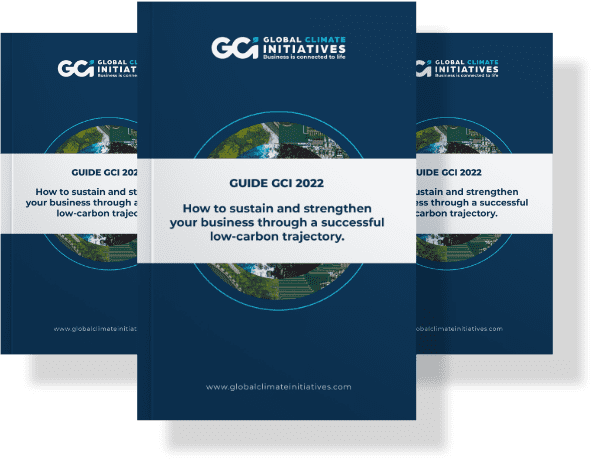
Free downloadable guides


